Linking the culture of wagashi to now: Ms. Ohno’s new challenge
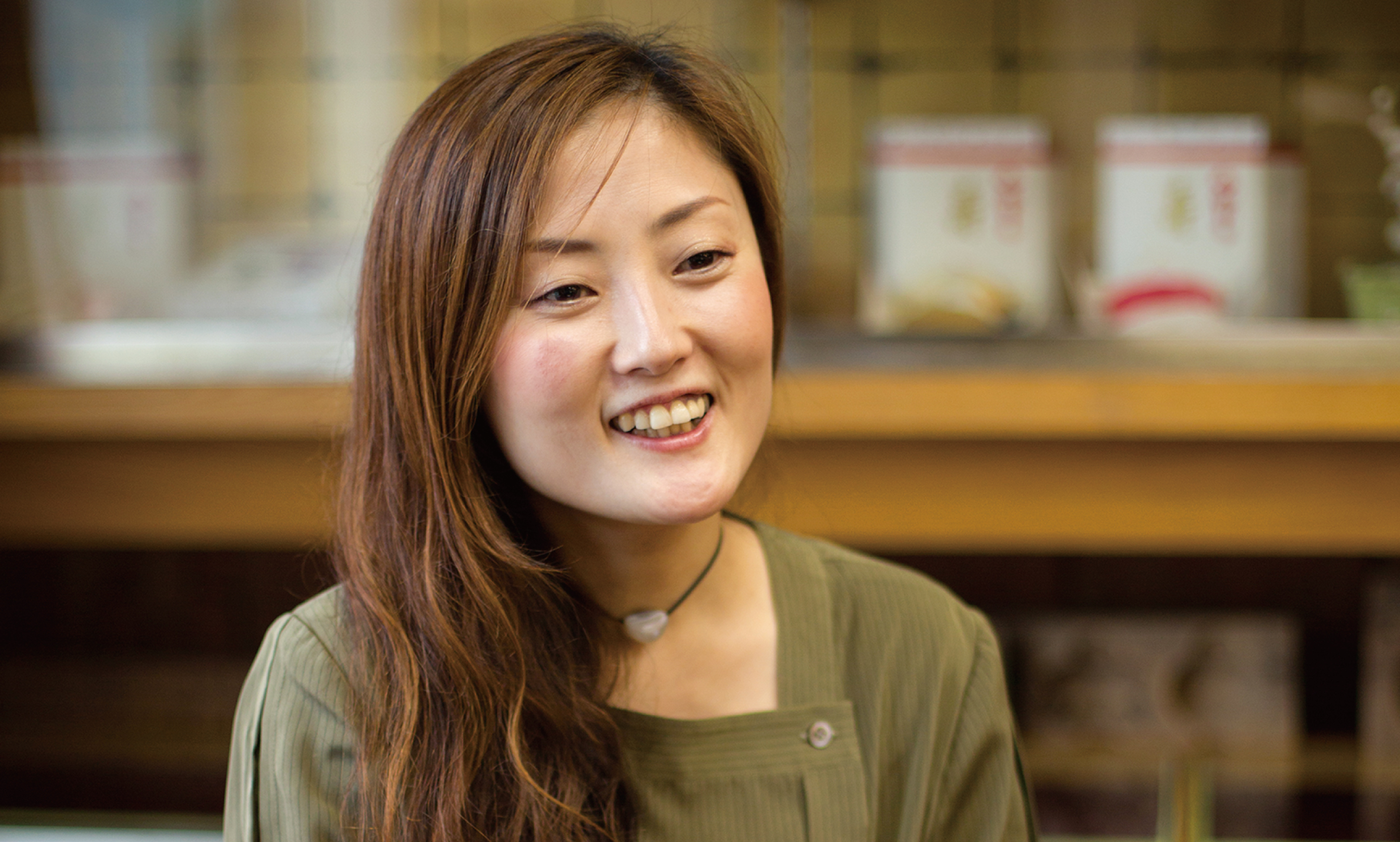
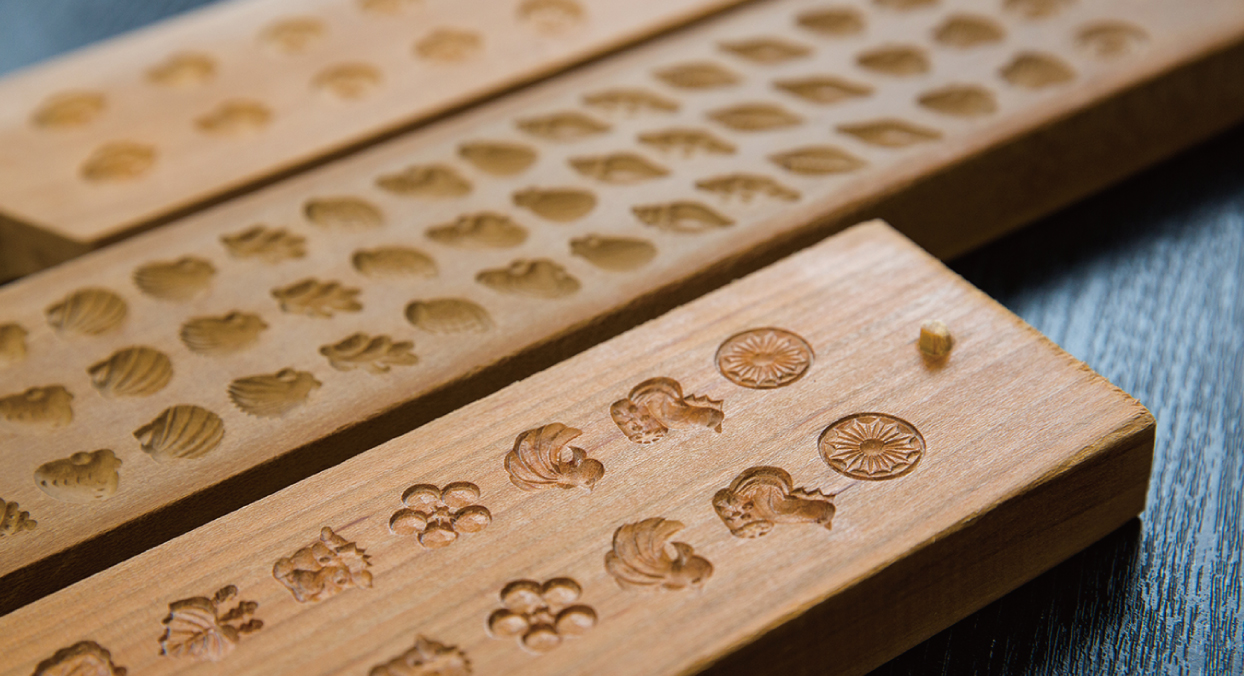
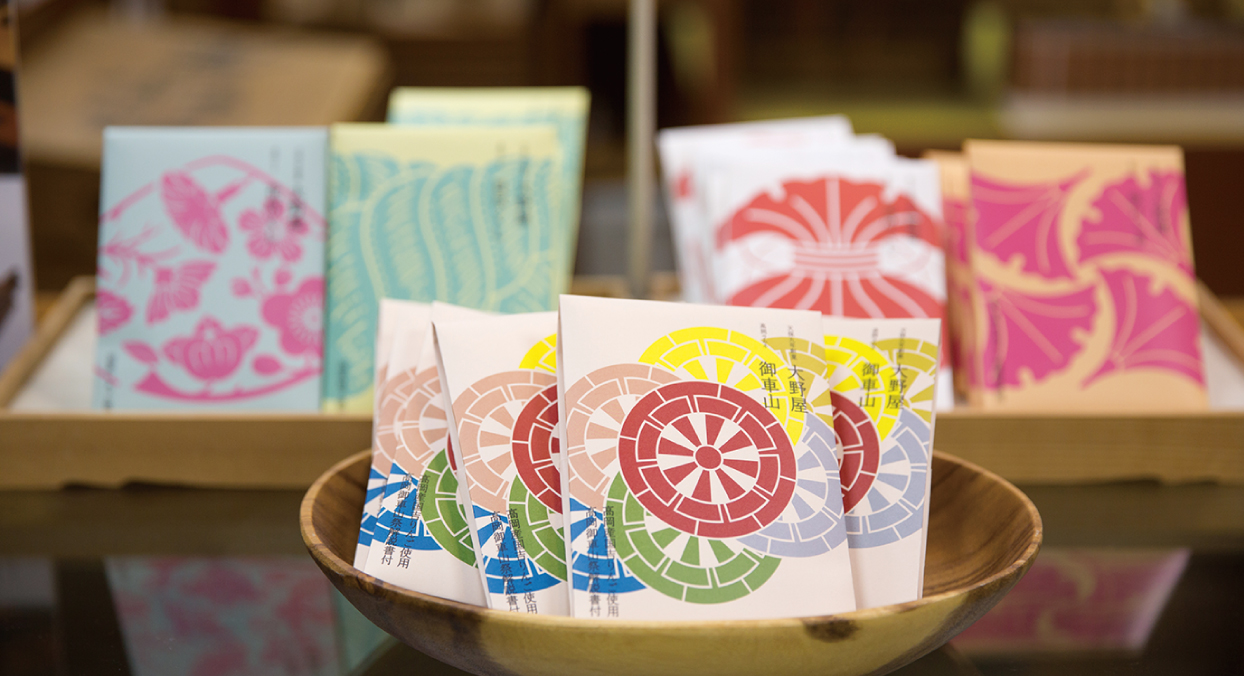
The beautiful packages, with patterns of Mikurumayama, flowers, and shells, also attract people.
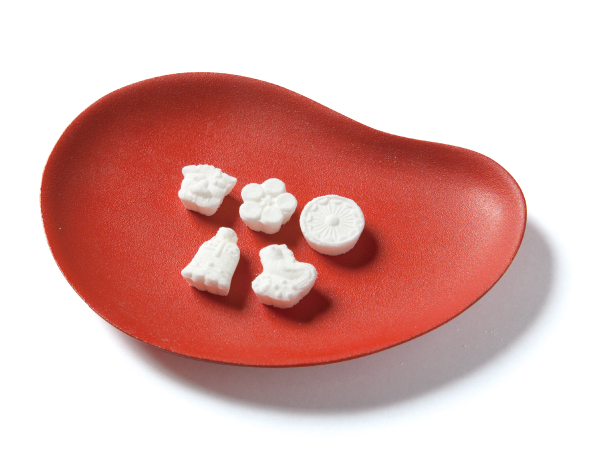
Takaoka Ramune made using wooden molds for the top decoration for Mikurumayama floats.
Yu Ohno is currently developing new products at Ohno-ya, a long-standing Japanese confection shop established in 1838 in Takaoka’s Yamachosuji Street. The Takaoka Ramune (a kind of fizzing candy) she worked on is a popular product both inside and outside the prefecture today. She says the idea was inspired by the wooden molds used for rice-flour cakes found in storage inside the store.
“We have about 1,000 types of wooden molds, with fresh, bold patterns that demonstrate the painstaking skills of the craftspeople who made them. But, unfortunately, we have few opportunities to use them today. I was talking to friends about how I’d like to find some way to use the wooden molds to create something new, to convey traditional Japanese culture to the young. That’s when Planning Director Okisato Nagata, a classmate of mine when I attended the Kanazawa College of Art, suggested the theme of Ramune.”
What followed was the collection of symbolic figures and shell patterns in Takaoka Ramune, introduced in 2012. Each has its own unique shape, with a subtle mesmerizing beauty and appeal. One reason it’s so popular is a quality taste that differs from the ramune candy sold in penny candy stores, thanks to the use of high-quality ingredients, including rice flour made from koshihikari rice produced in the prefecture.
“We wanted to make a delicious product befitting a wagashi store, one that melts in your mouth, made from uncompromising ingredients and with a distinctive flavor. The shape that reflects Japanese culture and the beautiful package design also contribute to its popularity.”
In addition to exhibiting and selling the product annually at Shibuya Hikarie and elsewhere, the store increased the number of product types to eight with the introduction of flower-patterned sweets, Mikurumayama, and seasonal patterns. It was also chosen to “The Wonder 500,” a selection of outstanding local products picked by the Ministry of Economy, Trade and Industry.
Ohno-ya’s best-known product is tokonatsu, which it has made since the end of the Meiji Period.
“Two generations ago, when the store manager used the high-quality white beans normally used in traditional unbaked cakes in the small sweets people ate on a daily basis, it was revolutionary. Even today, without feeling old-fashioned at all, these sweets offer a distinctive completeness competitors can’t imitate. They inspire in us the drive to succeed.”
Before joining the family business, Ms. Ohno studied textiles in the Department of Crafts at the Kanazawa College of Art. She worked as a fabric designer for the apparel company Jurgen Lehl, then taught at her alma mater while helping out with the family business on weekends and other times.
“At first, I was more interested in new things than old ones. But over time, based on what I’d learned in the Department of Crafts at my university and my work designing fabric, I started seeing the value in natural materials, things that have been around for a long time, and in careful craftsmanship.”
“It’s amazing the way the family business has continued here for nearly 180 years. I see my mission as connecting the culture of wagashi to the contemporary world while giving the historical, cultural, and other backgrounds that have been built up over many years in Japan and in Yamachosuji Street their proper due.”
Ms. Ohno says Yamachosuji Street has, as a place where people proactively try to innovate, its own impish approach to things, something she says can be glimpsed in the unique blend of Japanese and Western architecture of her own store and other buildings remaining on the street.
“I’d love to create some kind of new draw in the future, here in Yamachosuji Street.”
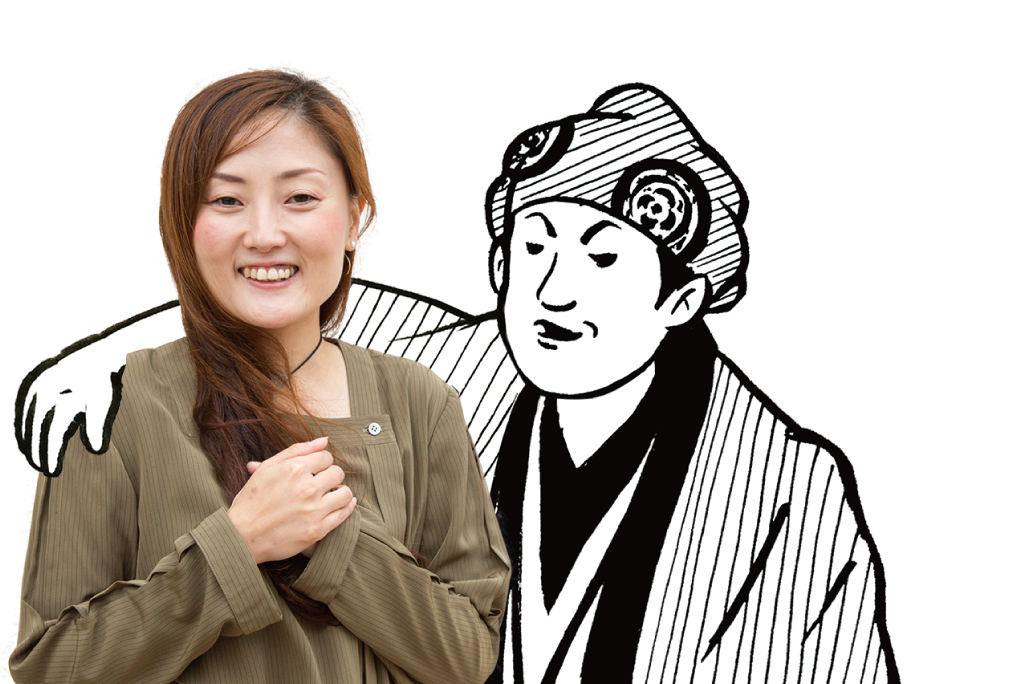
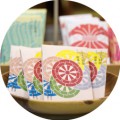
TOKONATSU Honpo Ohno-ya
Address:12 Kihune-machi,Takaoka-city
Tel:0766-25-0215
Confection shop/product planning
大野 悠/ YU OHNO
Ohno-ya
【Profile】
Born the eldest daughter in a Japanese confection shop family in Takaoka, Toyama Prefecture, Ms. Ohno was more interested in clothing fabric than in the family business. She studied textiles in the Department of Crafts at the Kanazawa College of Art. After graduation, she joined the apparel company Jurgen Lehl, to which she had long been drawn due to its use of interesting natural materials. After she began working in design of textile materials, she learned about a wide range of means of expression using techniques such as waving, dyeing, and embroidery. Later, she began working as a textile instructor at the Kanazawa College of Art, her alma mater, and also began helping out in the family business of the Japanese confection shop. Noticing the value of the history, techniques, and culture accumulated by doing business in a long-established community, she began working on tasks like design and product planning while putting to use the unique manufacturing ideas she had stored away herself. Today, she’s devoted to the family business and active in product planning, sales, and other activities whose goal is to promote new products linking old and new while drawing on historical assets. One example is Takaoka Ramune made using the traditional wooden molding techniques of the wagashi store.






